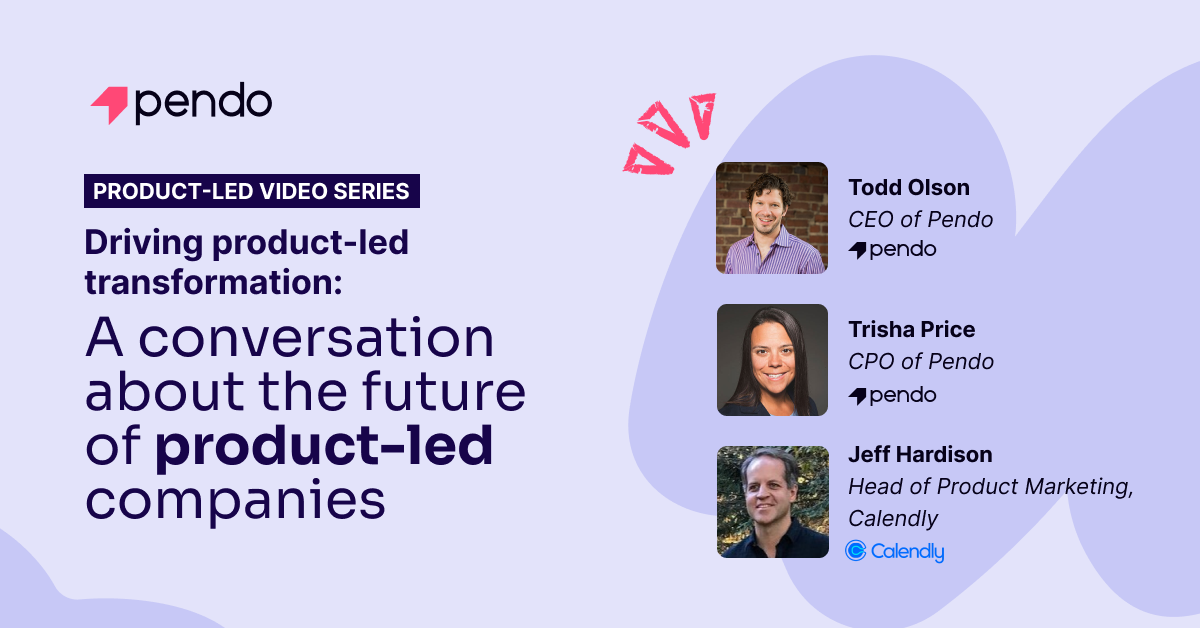Transcript
Joe McElhaney:
My name’s Joe McElhaney, I’m Vice President of Customer Success at Network for Good. Network for Good believes that the missions of small nonprofits are just as important as much larger nonprofits. We actually build smart, simple fundraising software for small nonprofits to help level the playing field.
Joe McElhaney:
Customer success in most SaaS companies is closest to the customer, and they have a keen sense of what customers really need. That has to be fed back into the product team so that the product can perpetually become closer to what the customer needs.
Joe McElhaney:
If you can’t keep a customer in the SaaS business, you don’t have a business. SaaS inherently is a subscription, and that subscription has to be renewed. If you figure out retention first, then you know that any of your acquisition efforts later aren’t going to be wasted. If you really want to build a product that customers love and truly need, well, then you need the insights of the customer. The two together become really, really powerful. You get such great insights from a customer success team on what the customers needs, what they want, even what they struggle with.
Joe McElhaney:
Yes, absolutely. That’s not product language or customer success, language, that’s SaaS language. Those are SaaS metrics, and we care about them or should care about them just as much, sometimes more than, our product counterparts.
Joe McElhaney:
One of the reasons I was so keen on bringing Pendo to Network for Good, just the same way that I had done in my prior company, was to have a lot more insights about our customers. We could see an evolving need to not just take an all size fits one approach, but to break it down, to segment our customer base and give people the things that they needed, but perhaps more importantly, not give them things they don’t need.
Joe McElhaney:
Using the tooltip type of Pendo guide was quick and easy, and so we were able to grab the ticket types or ticket categories and use the tooltip functionality in the product to really answer the question before it gets asked. And we have seen our tickets per customer go down as a result. We’ve seen our NPS skyrocket, almost double. By putting things in the product, kind of at the moment of need, we’re able to deflect some of that volume from our support team.
Joe McElhaney:
At Network for Good, customer success actually owns our Pendo relationship and our Pendo account. That said, it’s always a collaboration. We’ve worked through with our product team, like, okay, these are the things that we can comfortably implement in Pendo guides. If it’s a tool tip or something that we’re seeing a trend in our support volume or our onboarding metrics, our customer success department has accounts with the right privileges in Pendo. By democratizing access and giving a customer success team the ability to not only get in and see analytics and understand what’s going on with usage of the product by individual customers and their users, but more importantly to publish guides. You’re reducing the time to get something published. You’re reducing the cost to get something published. Most importantly, you’re reducing the number of users, the number of customers that encounter whatever problem a particular guide might be solving.
